Purging pestilence – plague!
The Bubonic Plague hit Sydney in January 1900. Spreading from the waterfront, the rats carried the plague throughout the city. Within eight months 303 cases were reported and 103 people were dead.
This gallery contains images from series NRS 12487, Photographs taken during cleansing operations in quarantine areas, Sydney
Housing and other buildings
The photos were taken by Mr. John Degotardi, Jr., photographer from the Department of Public Works and depict the state of the houses, ‘slum’ buildings and streets at the time of the outbreak — interior and exterior of houses, stores, warehouses and wharves, and lanes and yards — and the cleansing and disinfecting operations which followed.
The photos provide a fairly clear indication of the state of the city during and immediately after the plague.
Streetscapes
Quarantine areas were established. These stretched from Millers Point east to George Street, along Argyle, Upper Fort, and Essex Streets then south to Chippendale, covering the area between Darling Harbour and Kent Streets, west to Cowper Street, Glebe, along City Road to the area bounded by Abercrombie, Ivy, Cleveland Streets, and the railway. The area east from George Street enclosed by Riley, Liverpool, Elizabeth and Goulburn Streets, Gipps, Campbell and George Streets were also quarantined, as were certain areas in Woolloomooloo, Paddington, Redfern and Manly.
Cleansing
Cleansing and disinfecting operations in the quarantine areas lasted from 24 March – 17 July and included the demolition of ‘slum’ buildings. Local residents were employed to undertake the cleansing, disinfecting, burning and demolition of the infected areas, including their own homes. Shovels, brooms, mattocks, hoses, buckets, and watering cans, were tools used to clear, clean, lime wash and disinfect. Not only buildings and dwellings were subjected to the cleansing operations but also wharves and docks were cleared of silt and sewerage.
Cleansing agents used during the cleansing operations included: solid disinfectant (chloride of lime); liquid disinfectant (carbolic water: miscible carbolic, 3/4 pint water, 1 gallon); sulphuric acid water (sulphuric acid, 1/2 pint water, 1 gallon); carbolic lime white (miscible carbolic 1/2 pint to the gallon).
Rat catchers were employed and the rats burned in a special rat incinerator. Over 44,000 rats were officially killed in the cleansing operations.
Sydney Harbour Trust
In 1901 the Sydney Harbour Trust resumed hundreds of properties in The Rocks and Millers Point. While public health was a convenient excuse for resumptions, the need for a harbour bridge may also have motivated the authorities. Green Bans in the 1970s on the redevelopment of The Rocks helped preserve this historic area which is now a major tourist attraction. The Rocks area has been under the control of the Sydney Cove Redevelopment Authority since 1970 and the Sydney Harbour Foreshore Authority since 1999.
Related
Board of Health records relating to the Plague
Related
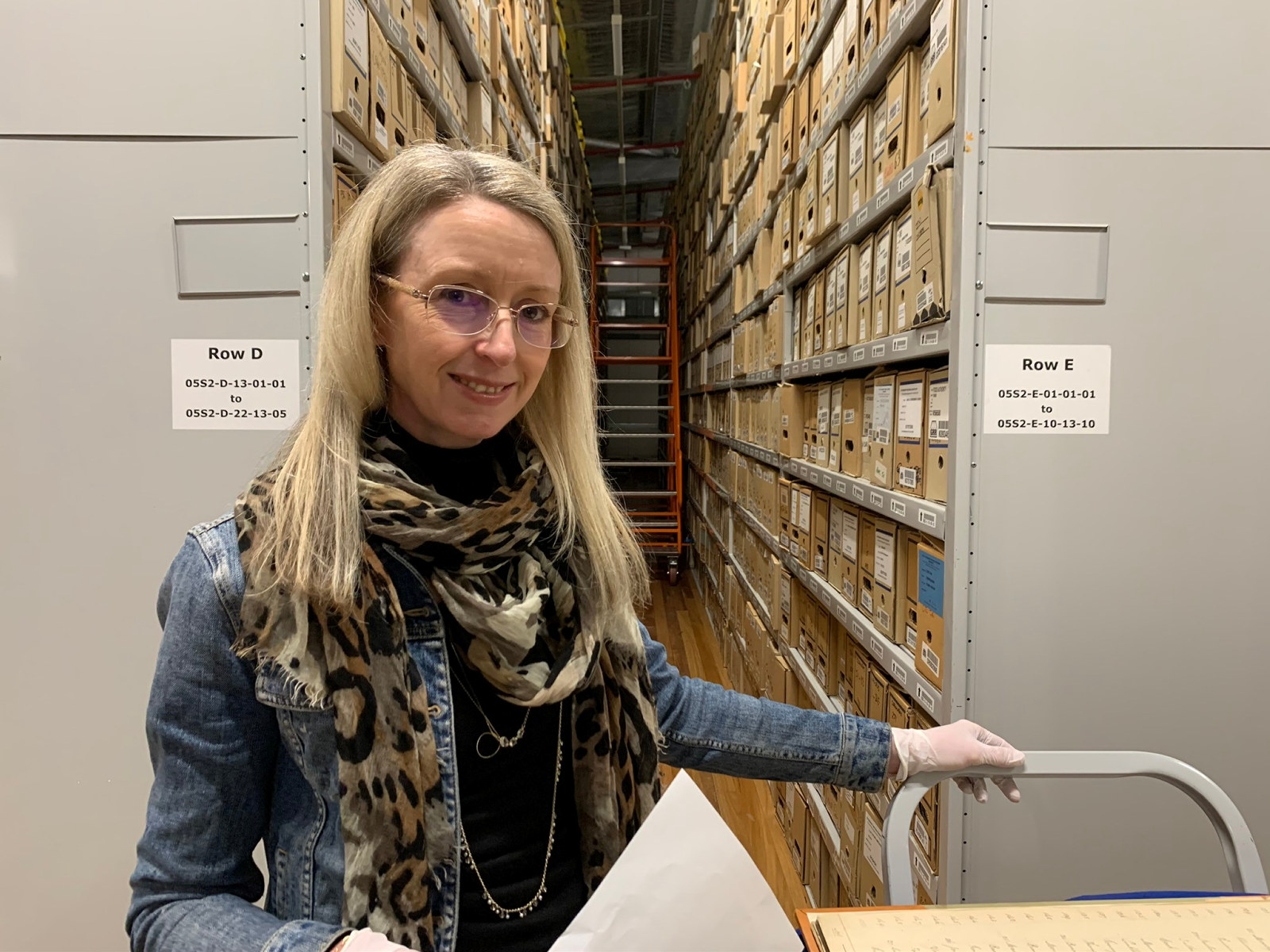
Archives behind the scenes - bubonic plague
Did you know there was an outbreak of plague, in Sydney, at The Rocks, in 1900?
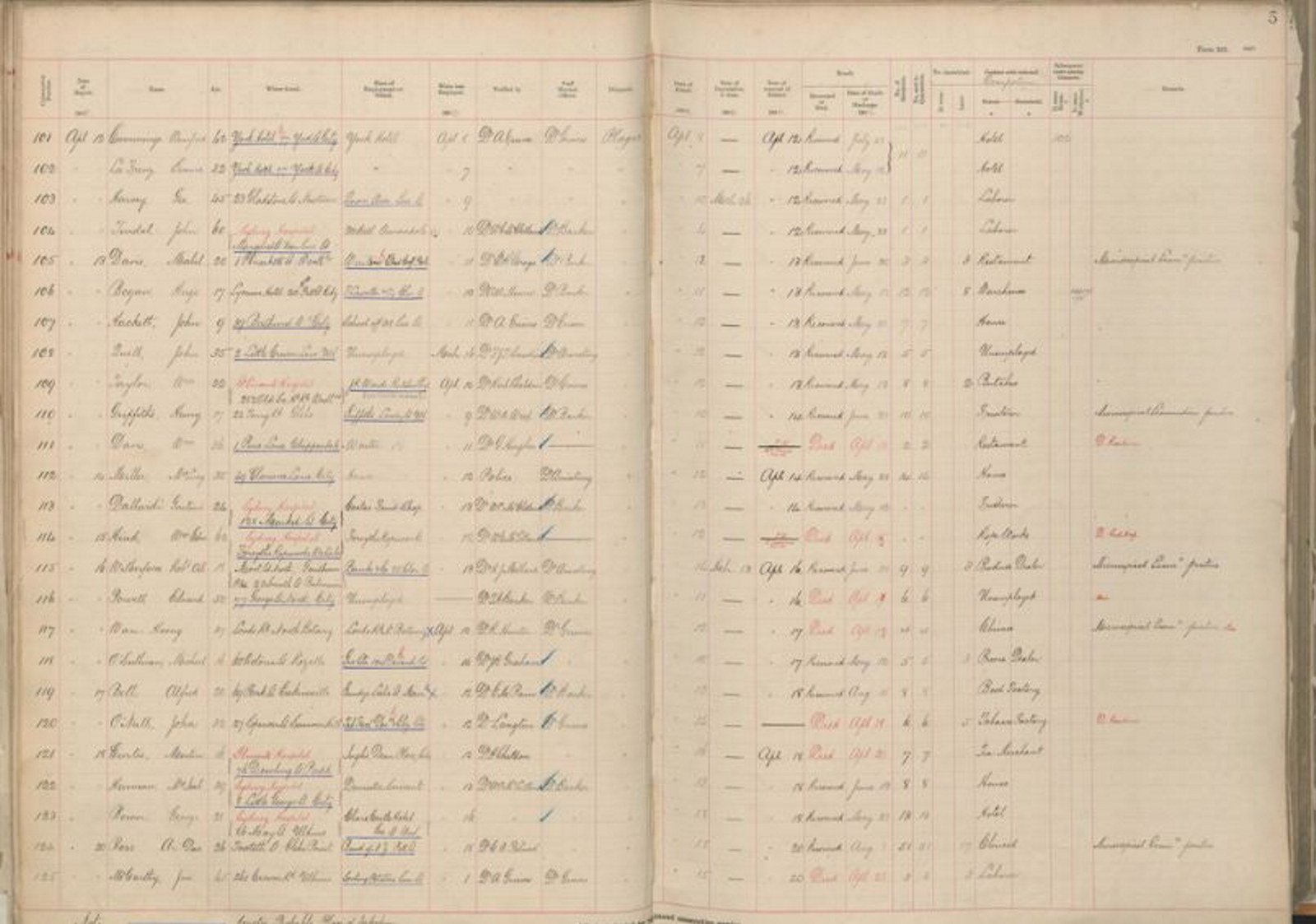
Bubonic plague index 1900-1908
The Register of Cases of Bubonic Plague 1900-1908 records the names and residences of those suffering from the plague and their fate as to whether they died or recovered from this fearful disease
Published on
State Archives collection
![NRS 12061 [12/8749.1] 62/1515pt1, p334](https://cdn.sanity.io/images/zl9du87e/production/f95209714e7233f28b7abc814dbc999c0d9033e3-1404x2000.jpg?rect=0,525,1404,861&fit=max&auto=format)
Advocacy, allyship and the rise and fall of the Aborigines Protection Board
In the lead-up to 26 January, the State Archives Collection provides opportunities to explore and reflect on past examples of advocacy and allyship in the fight for First Nations rights

On This Day
28 Nov 1975 – the Western Sydney Records Centre opened
The NSW State Archives officially opened the Western Sydney Records Centre (Stage 1) at Kingswood on this day

Convict turned constable
A recently donated letter, signed by the governor of NSW in 1832, offers a tangible connection to the story of Samuel Horne, a convict who rose to the rank of district chief constable in the NSW Police

Electricity Commission
These photos record the power generation and transmission assets of the organisation and document the working conditions and social events of its employees
Photo collections
Browse all
House photo albums
These specially produced photograph albums (some in published form and others consisting of photographs pasted into an album) comprise images of one or more domestic dwellings and depict exteriors, interiors and gardens in NSW mostly from the late 19th to the early 20th centuries

Richard Stringer’s architectural photographs, 1968–2003
This portfolio contains 55 photo prints taken by architectural photographer Richard Stringer, dating from 1968 to 2003, documenting significant Australian domestic buildings

Barry Wollaston: historic buildings in the county of Cumberland (NSW), 1954
This collection consists of 232 photo negatives by architect and photographer Barry Wollaston of buildings in the Sydney region considered by the Royal Australian Institute of Architects in the early 1950s to be of architectural and historical value

A pictorial guide to identifying Australian architecture – photo collection
This collection of over 700 black and white photo prints was used to illustrate the book 'A pictorial guide to identifying Australian architecture' by Richard Apperly, Robert Irving and Peter Reynolds, first published in Sydney in 1989

Electricity Commission
These photos record the power generation and transmission assets of the organisation and document the working conditions and social events of its employees
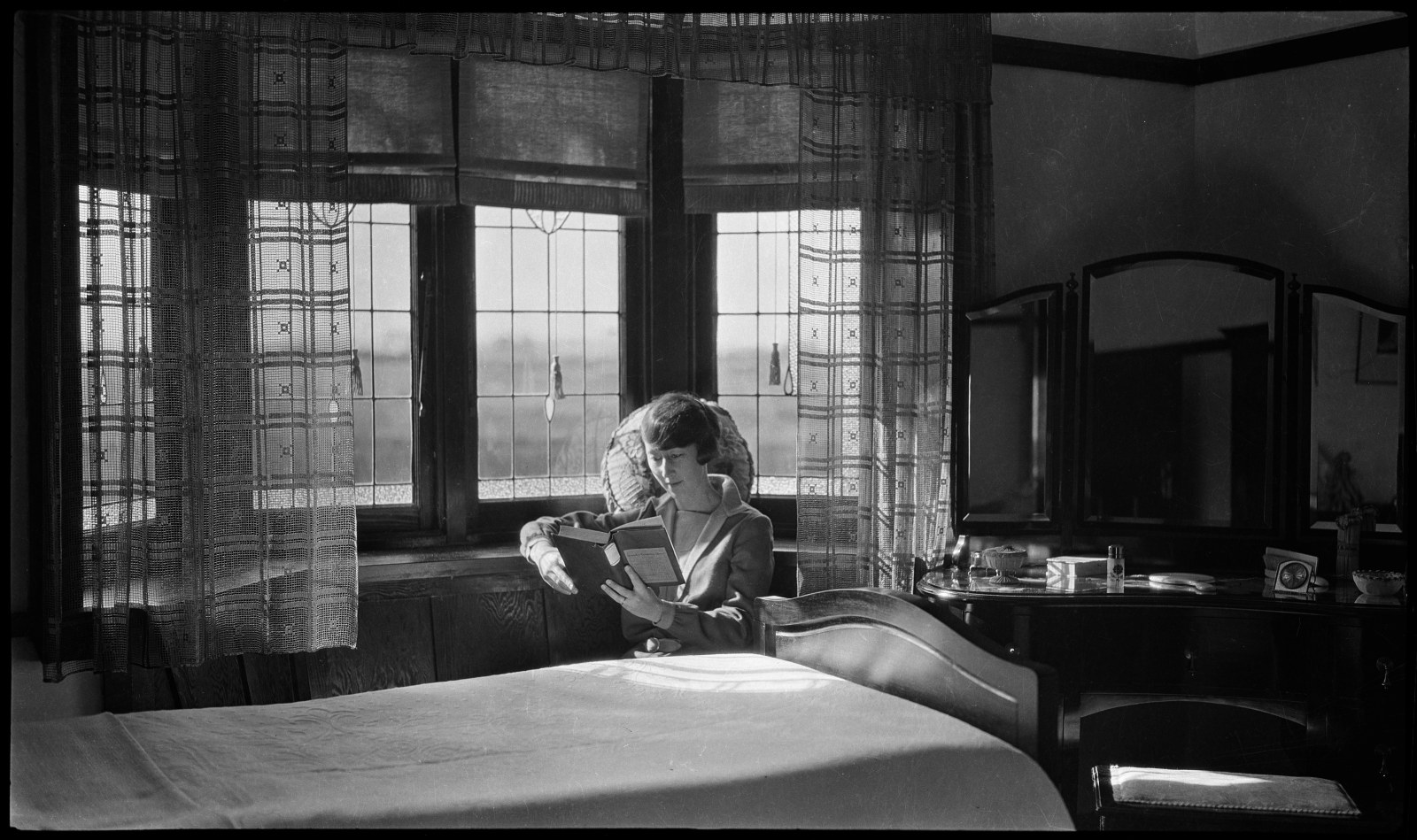
Alan Spearman Evans Collection
The Alan Spearman Evans Collection comprises over 2000 photographic images of houses, house interiors, garden landscapes and industrial workplaces in NSW
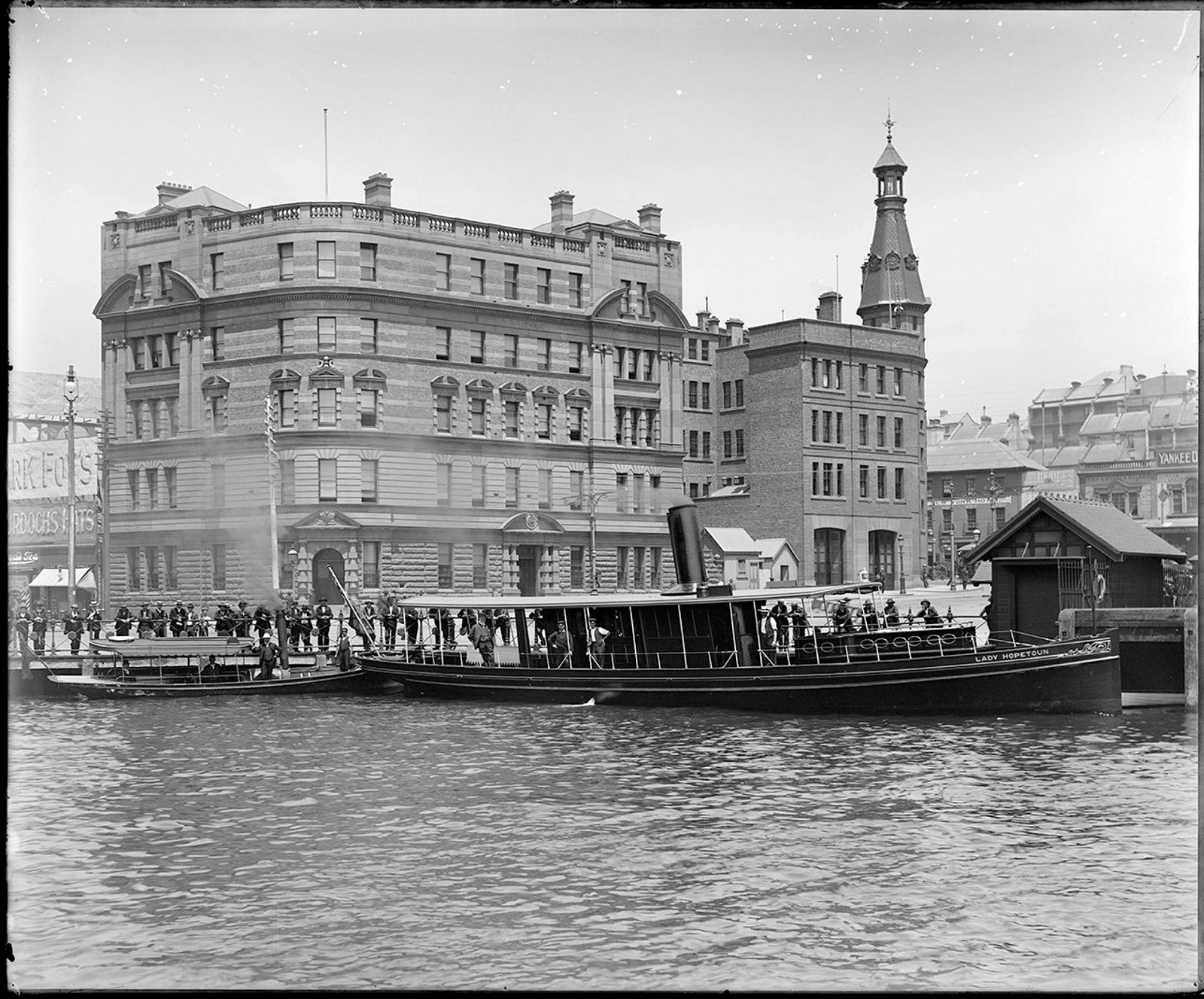
Maritime Services Board
A sample of the 4000+ digitised glass plate negatives from the Maritime Services Board
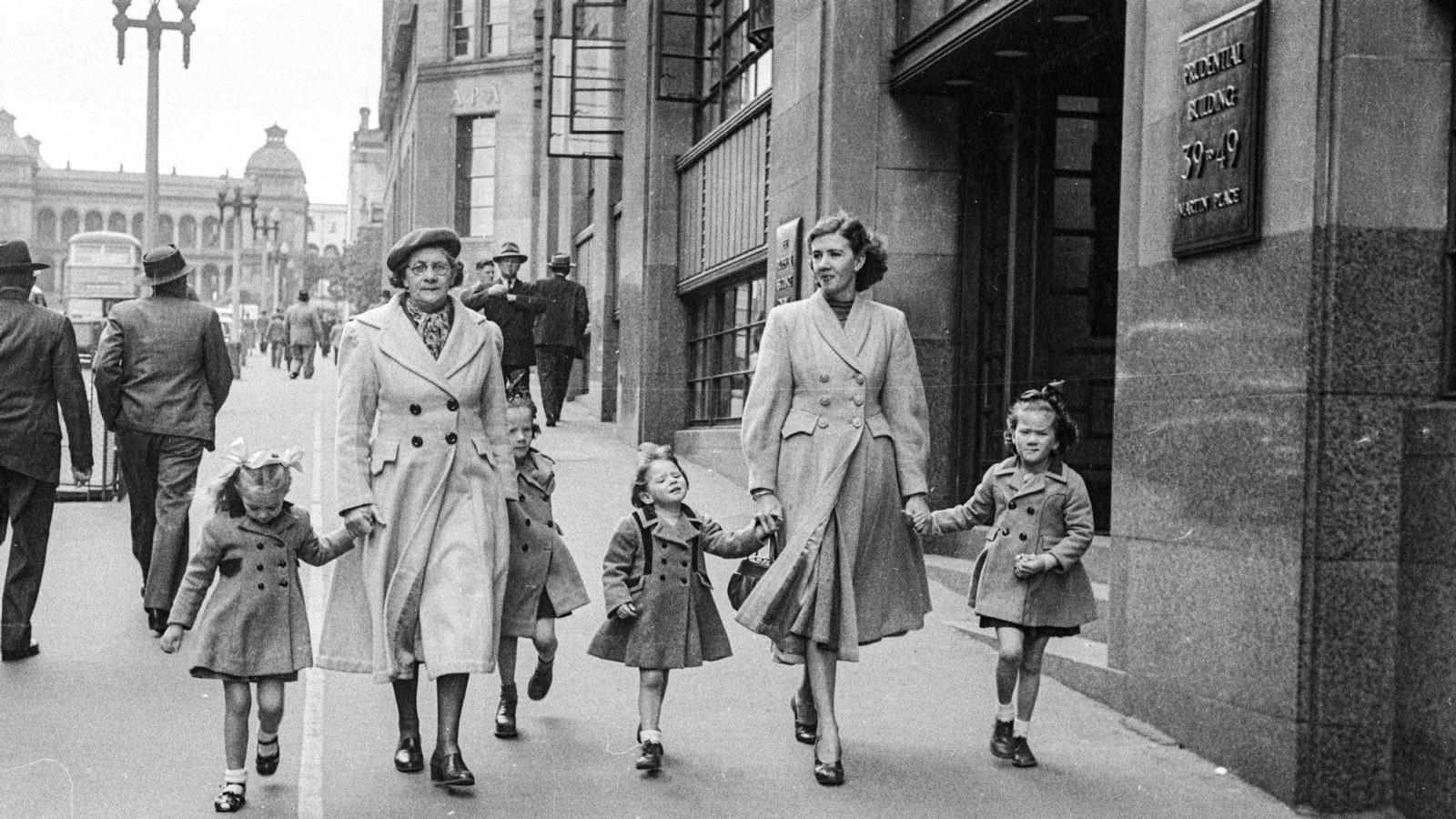
Ikon Studio
During the public call out for our Street Photography exhibition an extraordinarily rare collection of street photography negatives came to light. The Ikon Studio negatives provide a fascinating visual narrative of the street photographer at work

Documenting NSW Homes
Recorded for the future: documenting NSW homes
The Caroline Simpson Library has photographically recorded homes since 1989

Government Printing Office Glass Negatives
From the late 19th century into the 20th century, photography played a significant role at the Government Printing Office, leading to a rich and varied collection of images depicting life in New South Wales